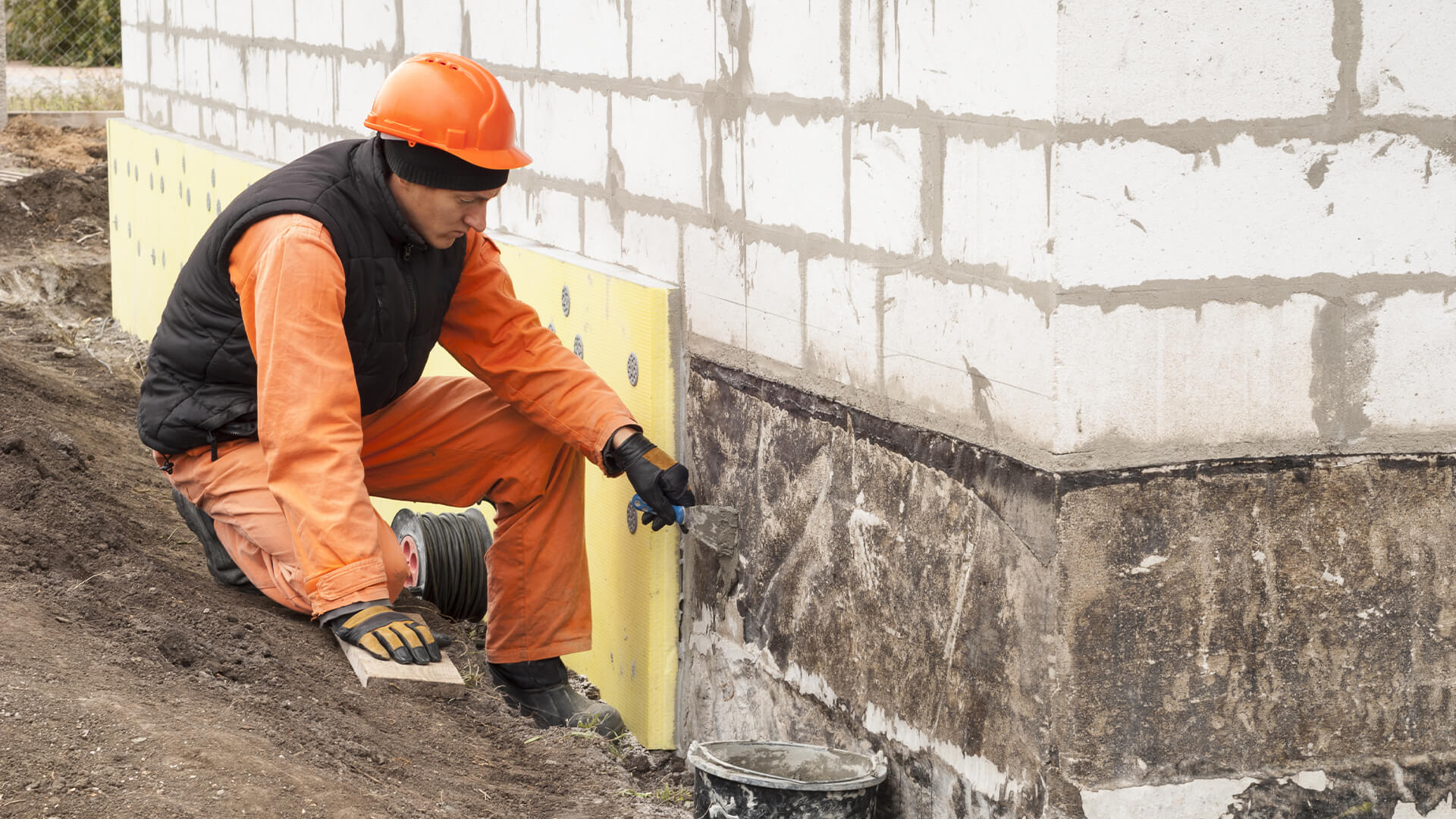Browsing Your Choices for Foundation Repair Oklahoma City: A Homeowner's Handbook
Browsing Your Choices for Foundation Repair Oklahoma City: A Homeowner's Handbook
Blog Article
Exploring Different Techniques of Foundation Fixing for Different Dirt Kinds
Foundation fixing is an important facet of preserving architectural stability, specifically when thinking about the varied obstacles postured by various soil types. The complexity of dirt habits under varying problems requires a tailored technique to fix, making sure optimum solutions such as helical piers for unsteady dirts or chemical cements for natural layers. However, the concern stays: just how do we identify one of the most effective technique for each distinct circumstance? Understanding the interaction between dirt features and fixing methods is critical, yet there is more to uncover in the mission for lasting remedies. What variables really determine the choice of technique?
Understanding Soil Types
Soil types play a critical duty in the security and long life of structure structures, making it crucial for homeowners and building and construction professionals to recognize their features and behavior. The communication in between dirt and foundation can identify the structural honesty of a structure. There are a number of dirt types, each with distinctive physical homes that impact how structures are made and kept.
Granular dirts, such as sand and crushed rock, give great water drainage and are commonly considered secure. In comparison, cohesive dirts like silts and clays exhibit various behaviors.
Rocky soils, known for their strength and security, offer exceptional support for structures yet may call for customized equipment for excavation. Alternatively, loamy dirts, which are a balanced combination of clay, silt, and sand, often give beneficial problems for foundation support due to their moderate water drainage residential properties.

Comprehending these dirt kinds is critical for choosing suitable structure fixing methods, guaranteeing the sturdiness and safety of structures gradually.
Difficulties With Extensive Clay
Amongst the different soil types, extensive clay offers distinct difficulties for foundation stability because of its tendency to go through significant quantity changes with moisture variant. This sort of soil swells when wet and contracts when completely dry, which can put in significant stress on structures. These fluctuations can result in structure fracturing, heaving, and settlement issues, presenting significant threats to the architectural stability of buildings.
The difficulties with expansive clay are exacerbated by its plasticity index, which gauges the dirt's capability to transform shape and volume. A high plasticity index suggests greater possibility for motion, enhancing the likelihood of damages to foundations. This is specifically troublesome in regions experiencing constant or severe weather changes, where cycles of wet and dry conditions are typical.
Additionally, the deepness of expansive clay layers can vary, complicating the assessment and planning of proper structure repair service methods. These complexities need a complete geotechnical evaluation to guarantee efficient foundation repair work methods are applied, emphasizing the relevance of resolving expansive clay challenges with competence and treatment.
Solutions for Sandy Soils
Sandy soils, defined by their huge particle dimension and reduced communication, existing unique challenges for foundation security due to their propensity for shifting and disintegration. By anchoring the foundation to deeper, extra secure soil layers, these systems can give the essential assistance to combat the moving nature of sandy dirts.
Another recommended method is the application of soil stablizing approaches. Chemical grouting, for example, involves infusing a maintaining representative into the dirt, which improves cohesion and lowers leaks in the structure. This procedure helps to solidify the sandy substratum, consequently lessening the threat of disintegration and motion.
In addition, mounting appropriate drainage systems is essential in sandy soil problems. Making sure appropriate drainage can protect against water accumulation around the foundation, which typically aggravates disintegration and dirt variation. Techniques such as French drains pipes or surface grading can be utilized to direct water away from the structure border.
Dealing With Resolving in Loamy Soils
Loamy dirts, understood for their well balanced mix of clay, silt, and sand, use an abundant base for many frameworks but can often bring about structure settling due to their one-of-a-kind make-up. This balanced structure provides excellent water drainage and nutrient retention, making it excellent for farming and landscaping. This same characteristic can become problematic for structures, as changes in moisture content can trigger the soil to expand or agreement, leading to resolving.
Addressing working out in loamy dirts needs a complex approach. Accurate soil screening is essential to identify the particular composition and moisture web content of the loam. As soon as information is collected, implementing proper water drainage solutions is necessary to preserve consistent dampness degrees, therefore lowering the risk of dirt contraction or growth. French drains Clicking Here pipes or surface grading work techniques to redirect water away from the foundation.

Innovative Fixing Methods
In the world of foundation repair, innovative methods are consistently being established to resolve the facility tests presented by numerous soil problems. As soil kinds differ dramatically in their structural residential or commercial properties, typical methods might not always are sufficient. The advent of brand-new modern technologies in structure repair supplies extra customized services, guaranteeing security and long life.
One remarkable development is the usage of helical piers, which are particularly efficient in extensive or unpredictable soils (foundation repair okc). These piers are screwed into the ground up until they get to a stable layer of soil, using strong support for the foundation over. This approach minimizes interruption and is adaptable to various dirt types, making it a flexible solution
An additional cutting-edge method is the application of polyurethane foam injection. This technique includes injecting high-density polyurethane foam underneath the foundation to load spaces and maintain the structure. It is a much less intrusive choice to standard support, using fast installment with marginal disturbance to the surrounding area.
Additionally, soil stablizing techniques, such as the use of chemical grouts, have actually acquired traction. These compounds enhance dirt toughness and decrease permeability, stopping future moving. Jointly, these cutting-edge repair service methods offer effective services for the diverse difficulties positioned by varying soil conditions.
Conclusion

Structure repair service is a vital element of preserving architectural integrity, specifically when thinking about the diverse difficulties postured by different dirt kinds (foundation repair oklahoma city ok). The complexity of dirt actions under varying conditions necessitates a customized approach to fix, guaranteeing optimum solutions such as helical piers for unsteady dirts or chemical cements for natural layers. By securing the structure to much deeper, a lot more stable soil layers, these systems can offer the needed support to counteract More hints the shifting nature of sandy soils
Structure repair work calls for careful consideration of soil kinds to guarantee stability and longevity. Chemical grouts improve dirt strength and decrease leaks in the structure in natural dirts.
Report this page